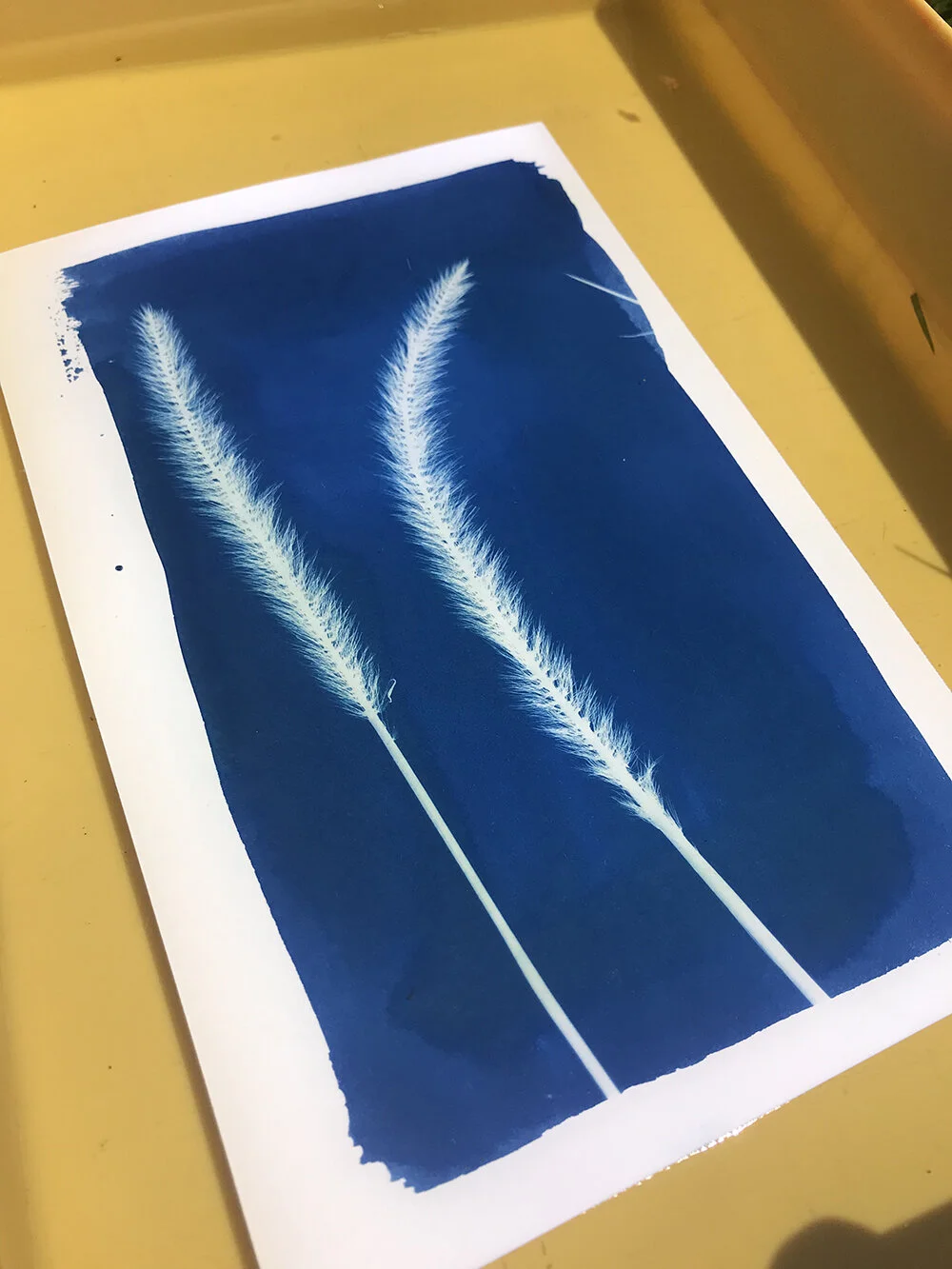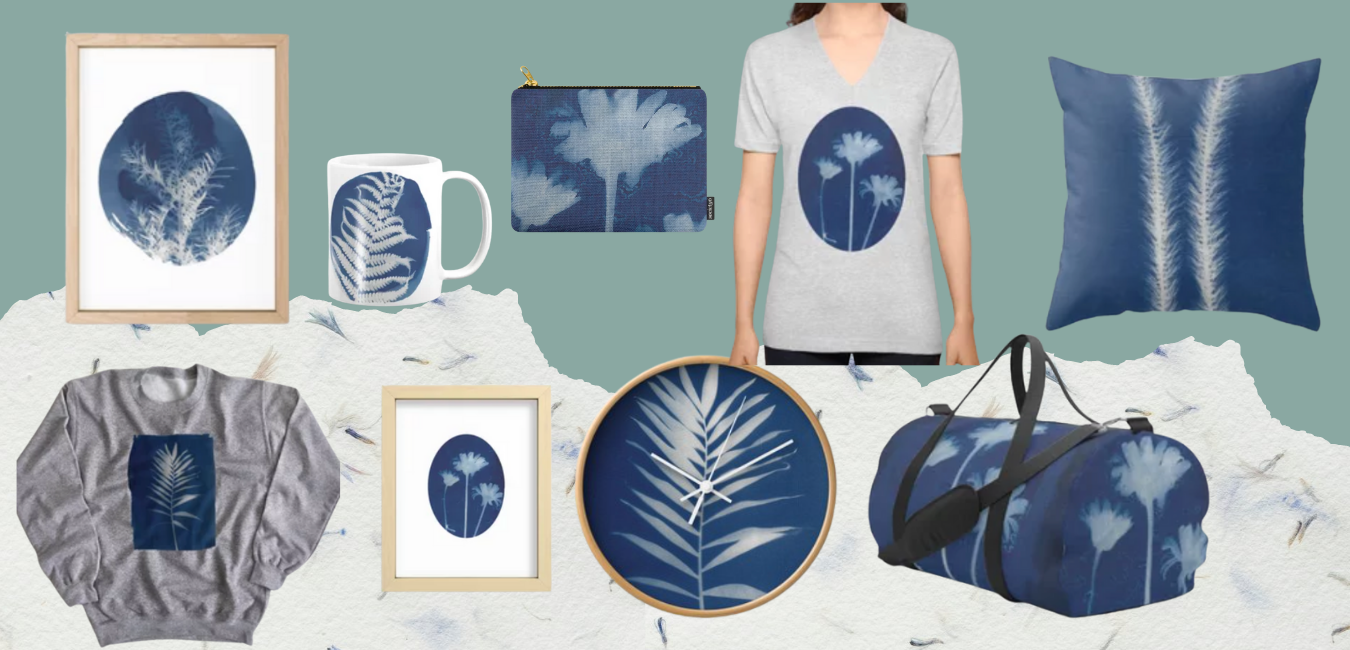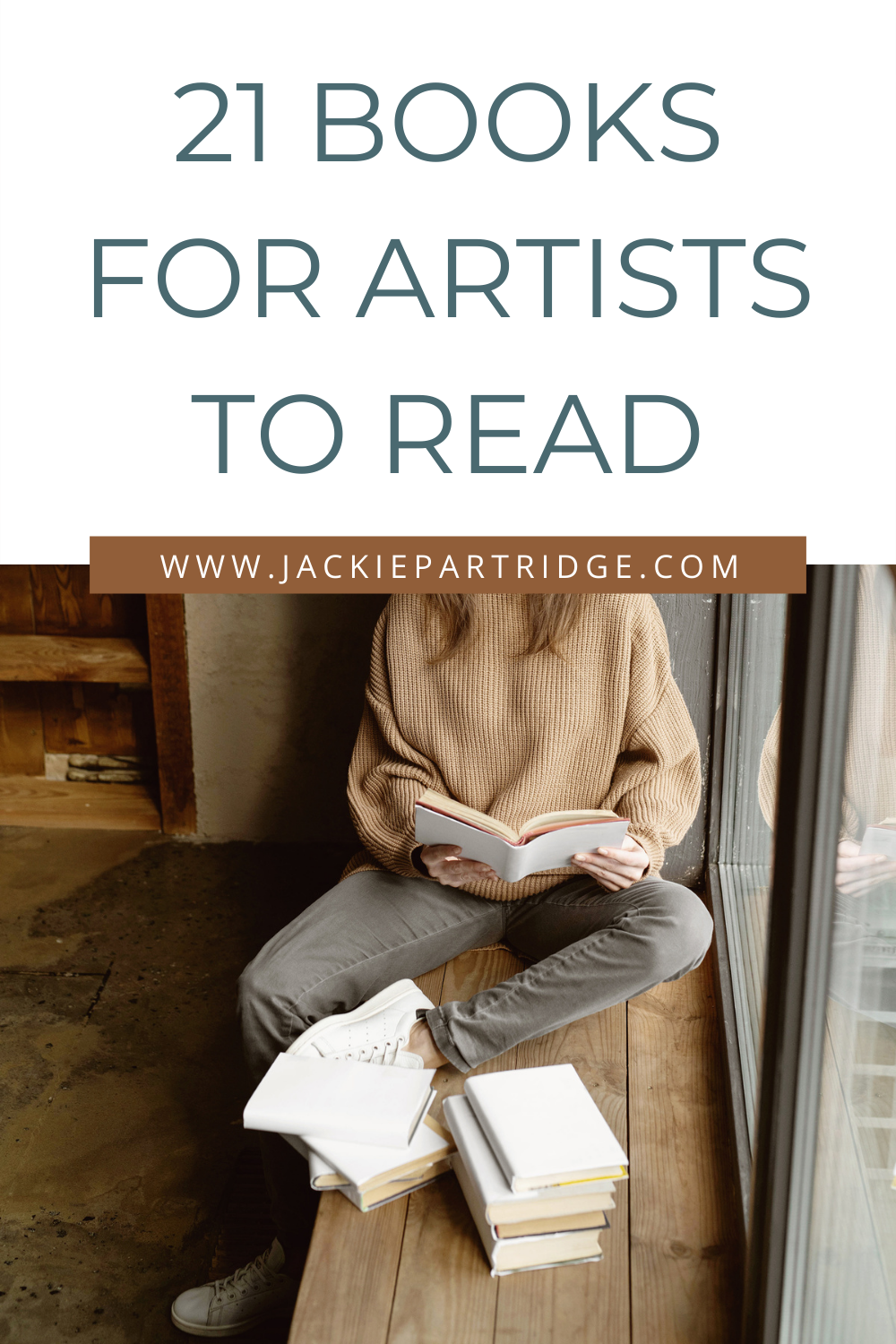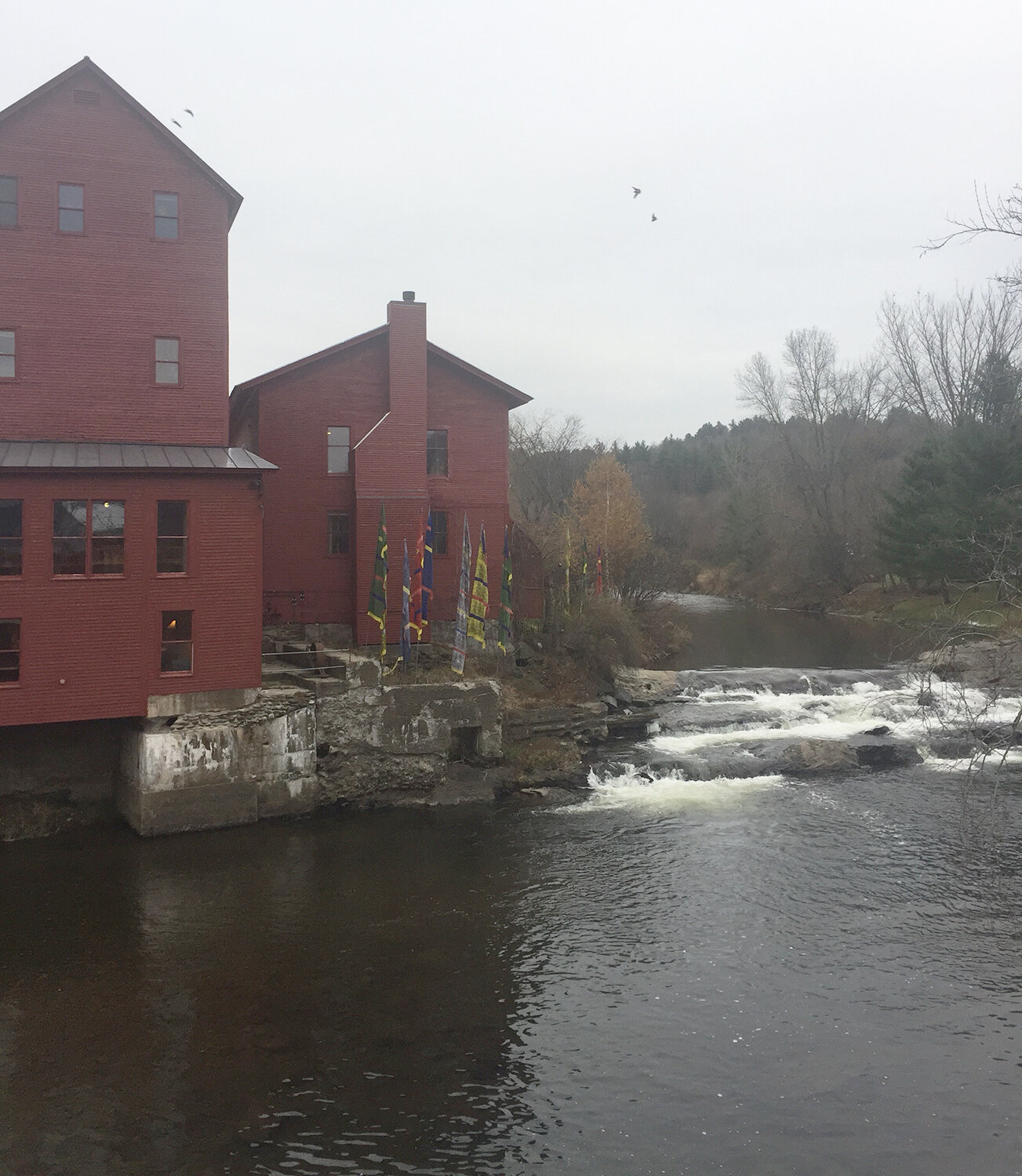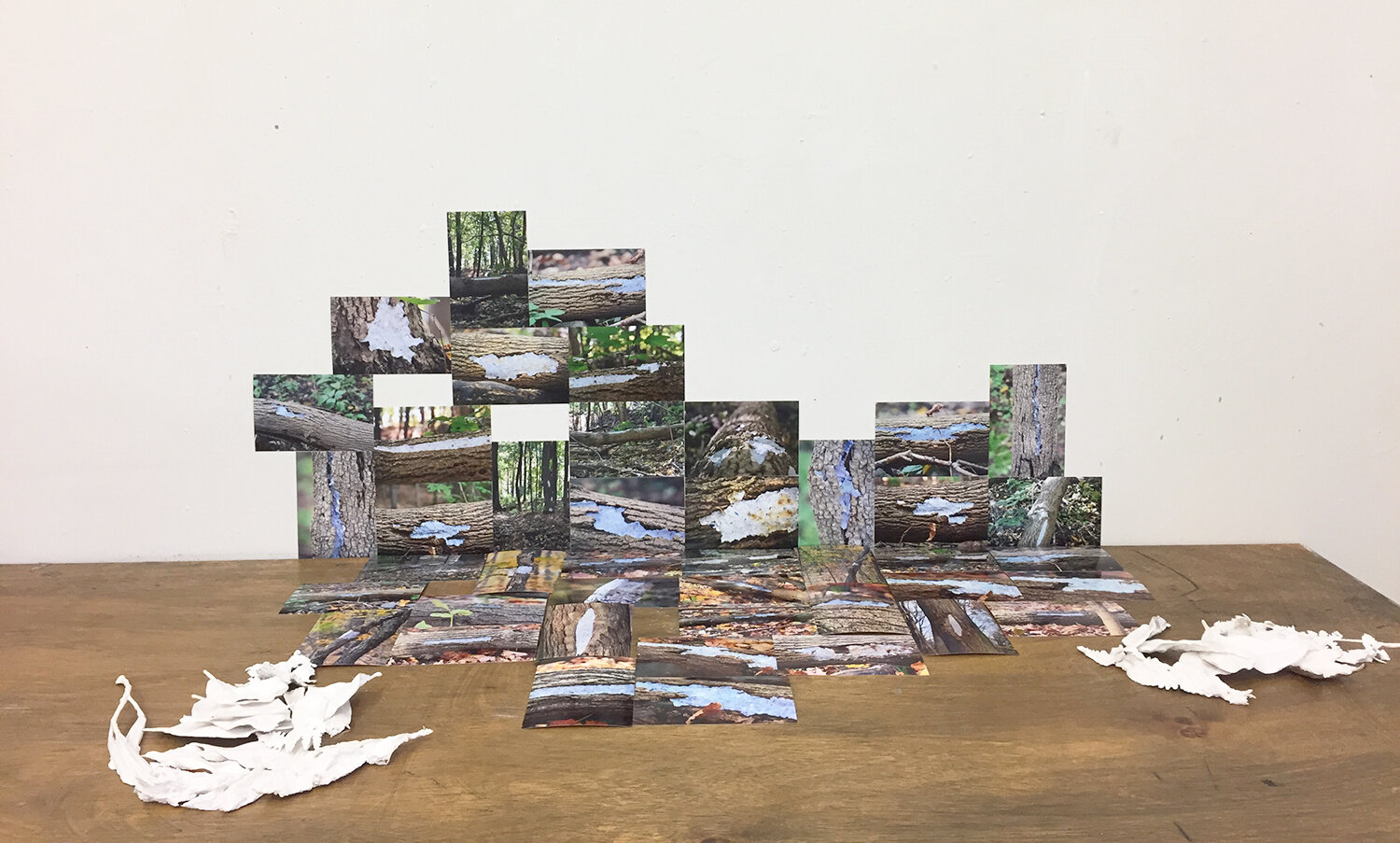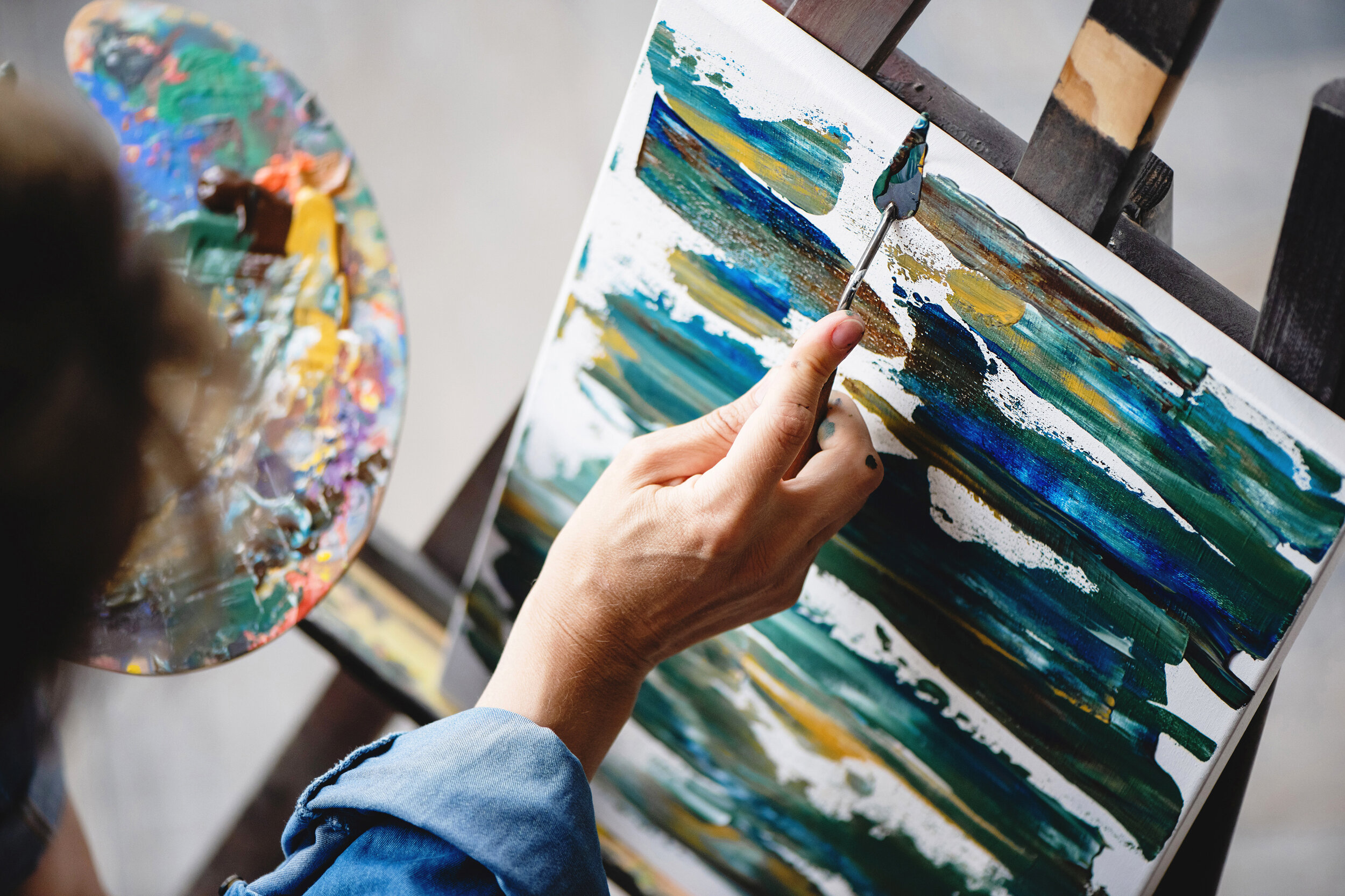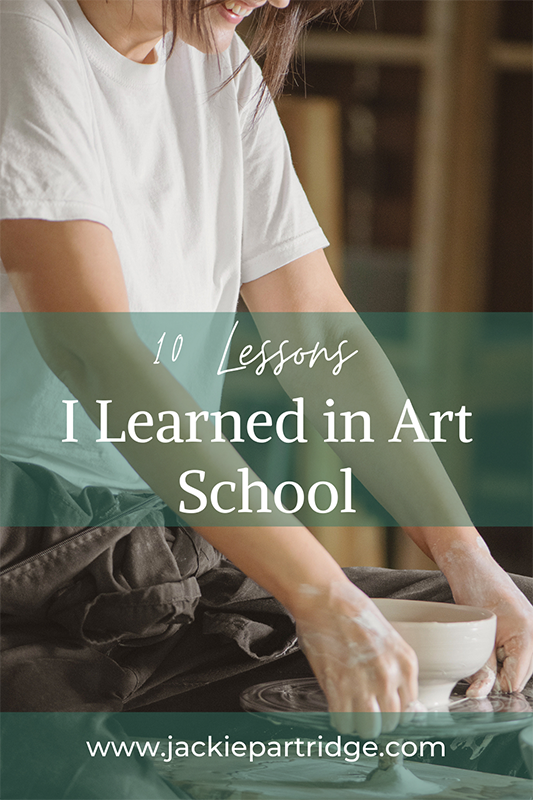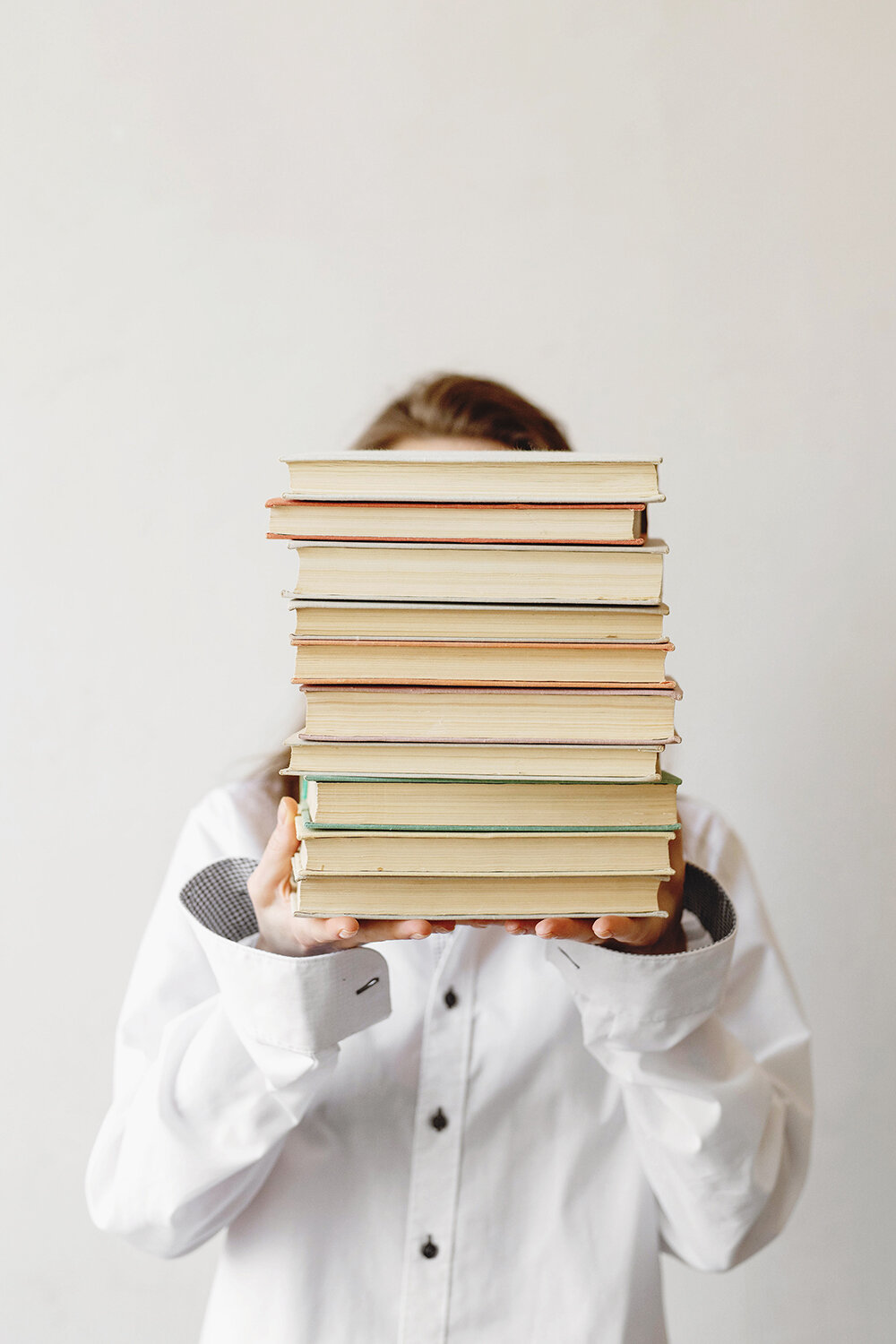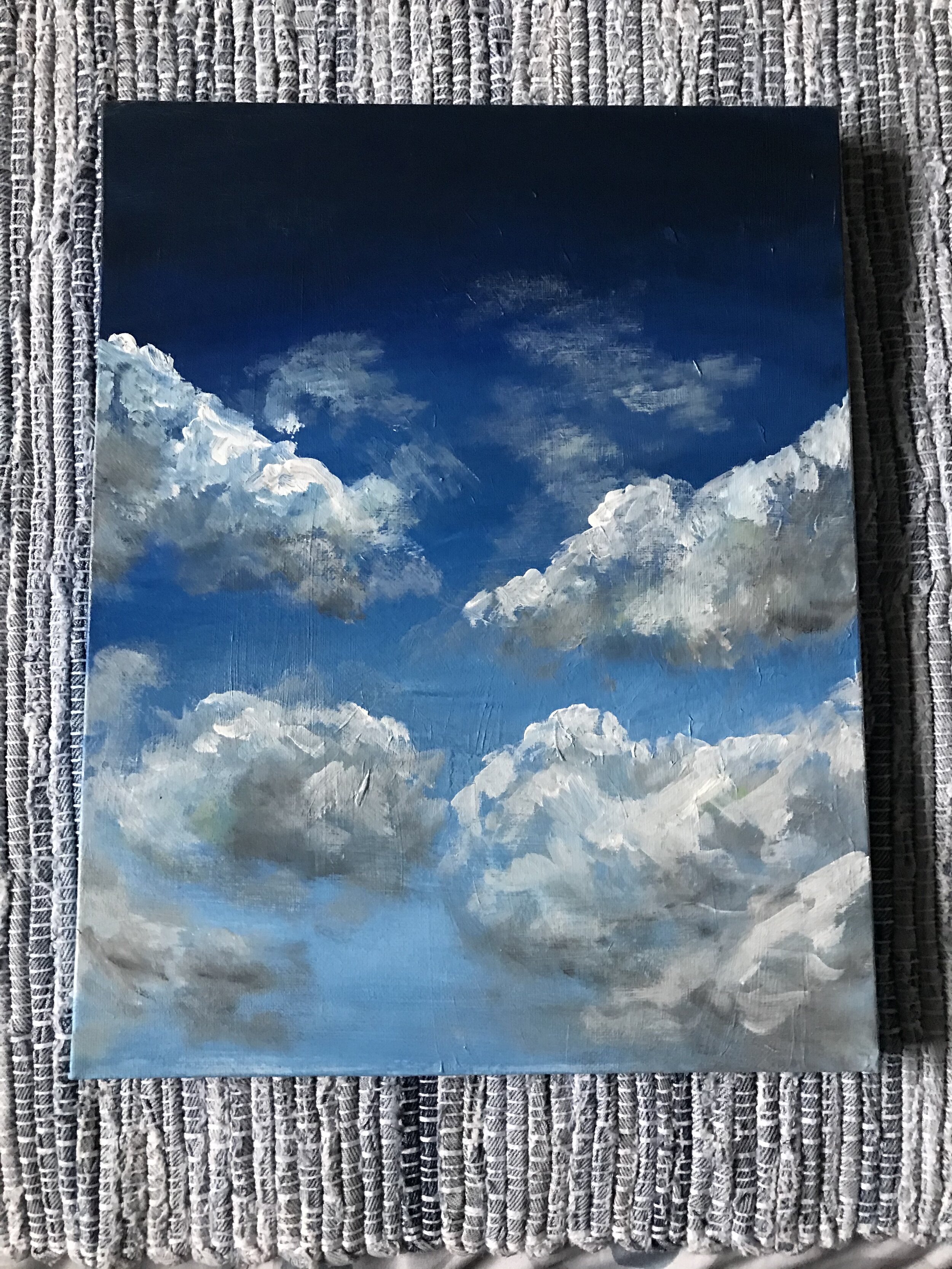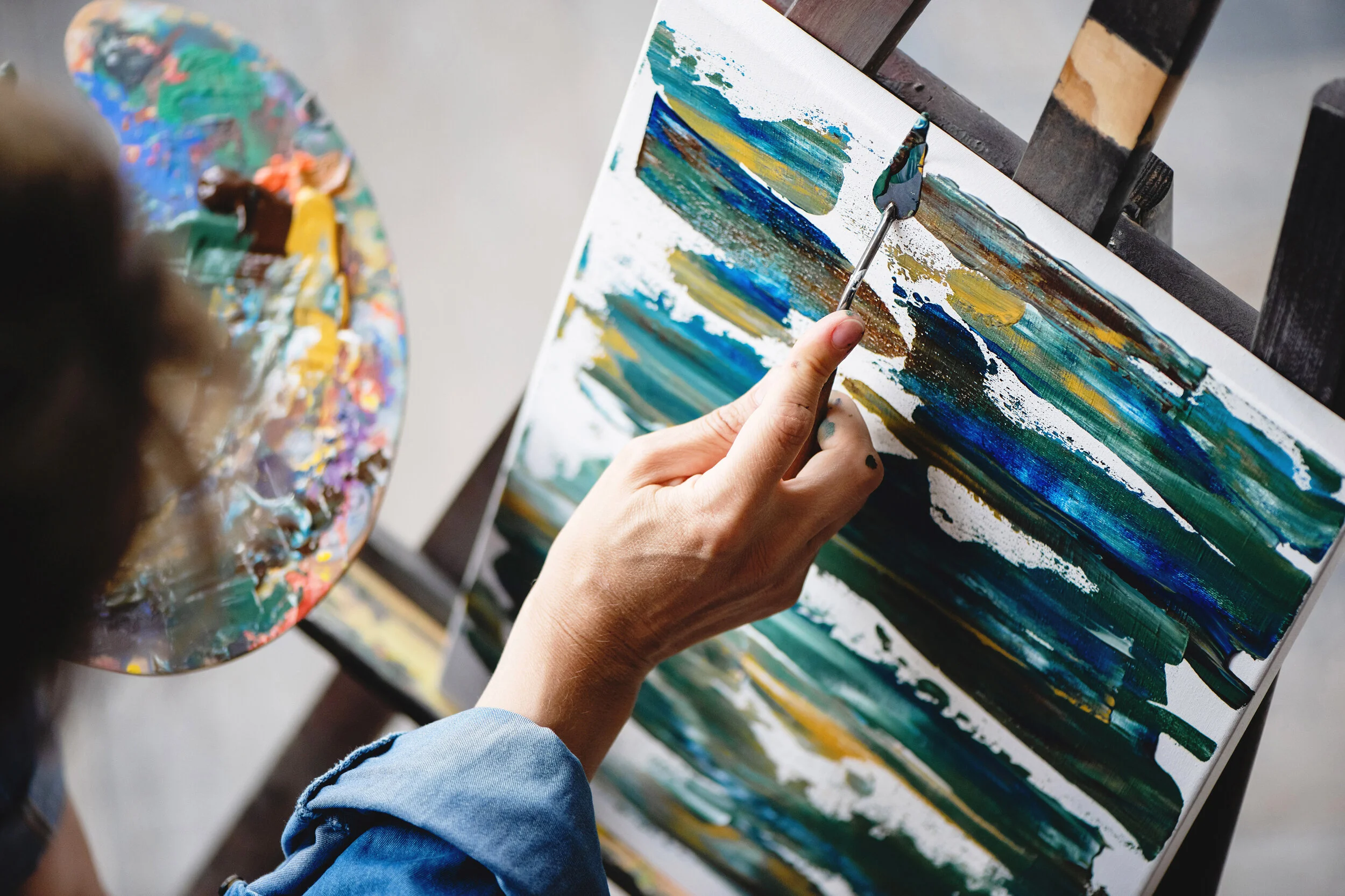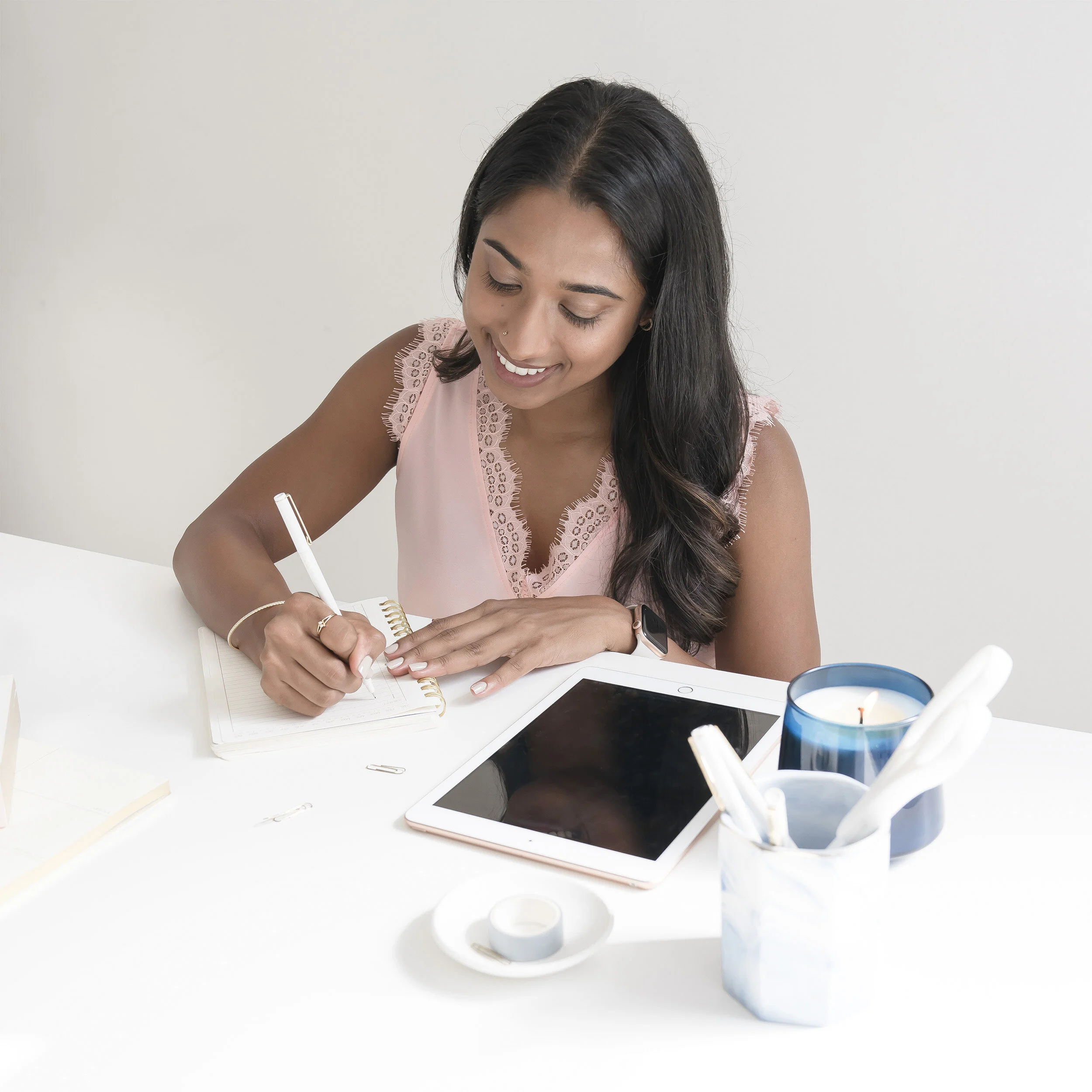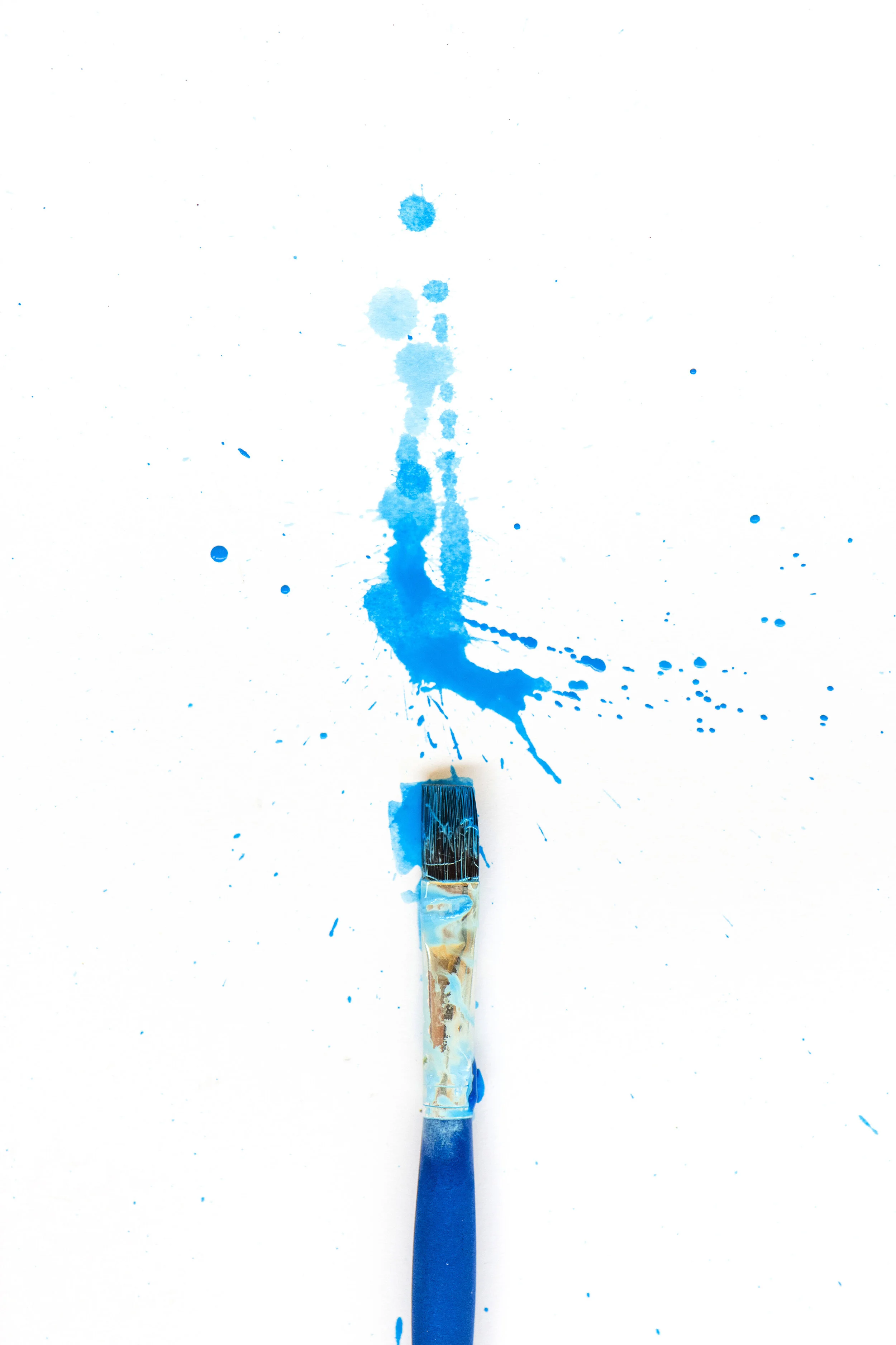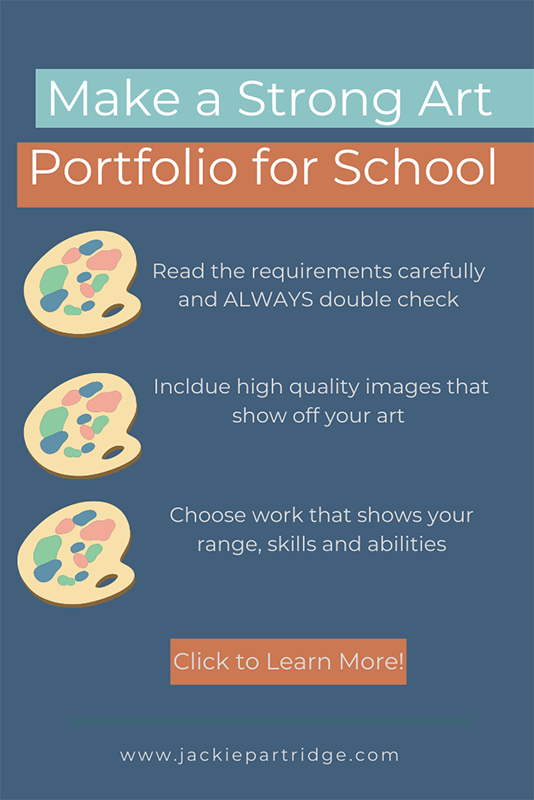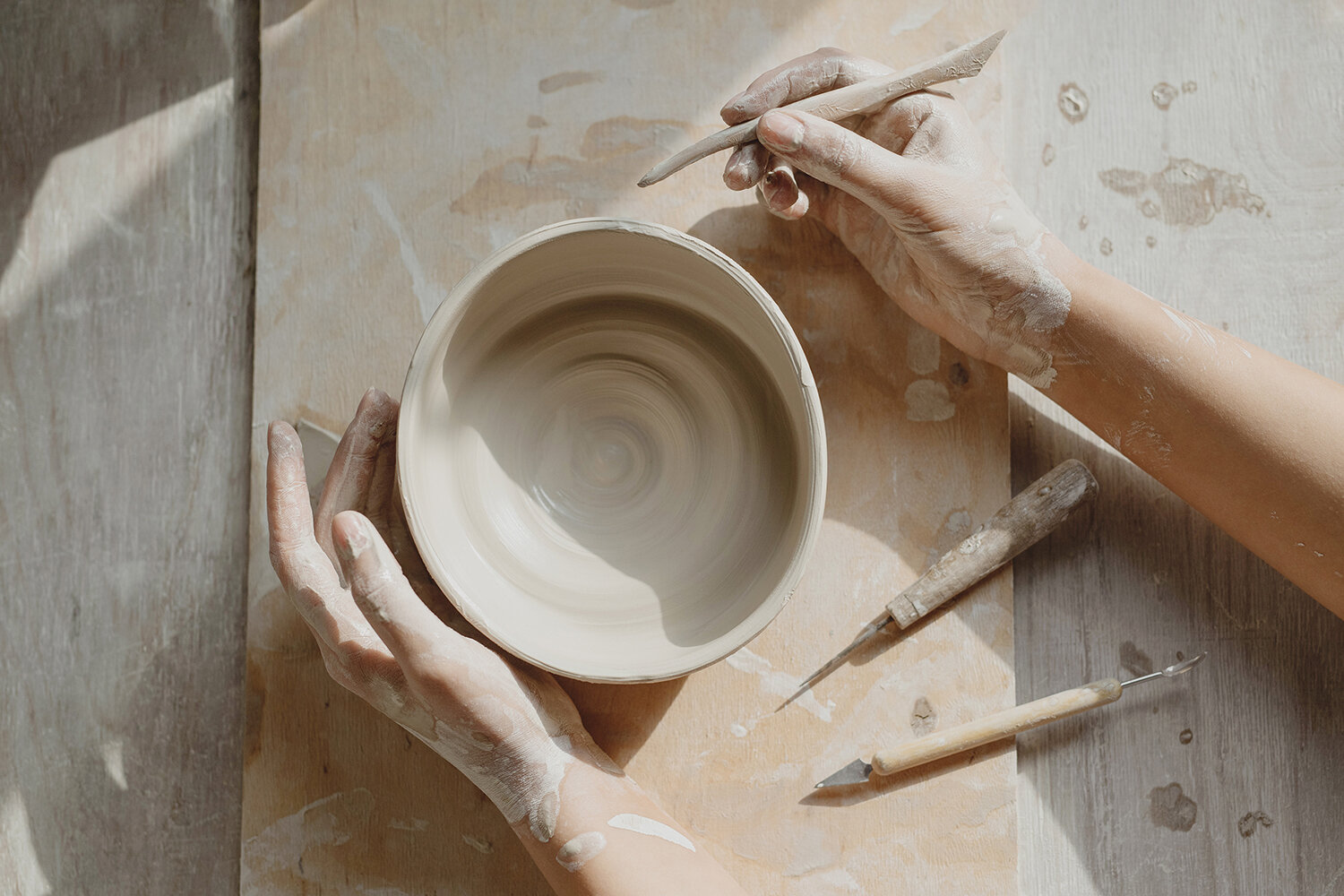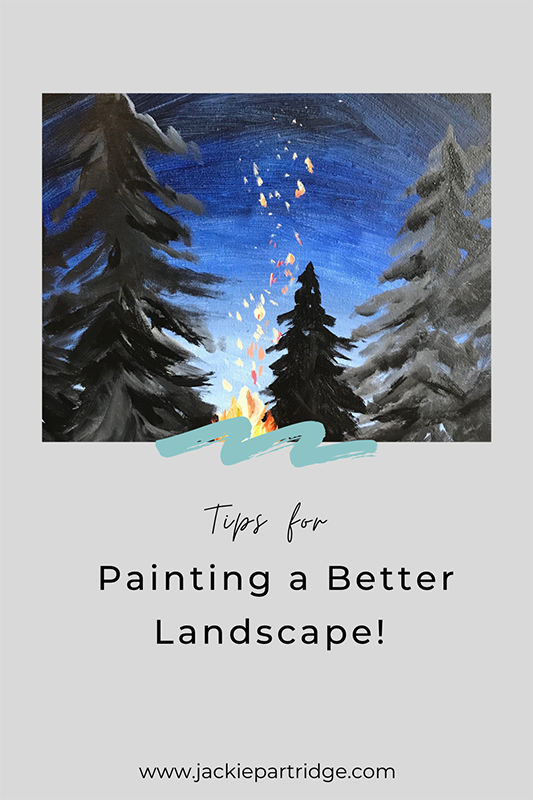How to frame cyanotypes is something I get asked all the time. Framing art can be challenging but framing cyanotypes has its own set of challenges. Original cyanotypes made through the cyanotype process need to be framed differently than a cyanotype print which is a print or a copy of the original cyanotype artwork. Learn how to frame cyanotypes below!
How to Frame Cyanotypes
Original cyanotypes are created using UV light. If they are constantly exposed to direct, bright UV light (sunlight) they will fade over time and can fade faster than other artwork that faces direct sunlight. While it’s good to always preserve artwork in glass that is UV protected it is especially important to frame cyanotypes using UV protected glass.
When hanging your original cyanotype artwork it is recommended not to place the prints in direct sunlight for this reason. Cyanotypes can handle daylight but do not hang them in a very sunny room or directly near a bright, large, and sunny window.
Check Out My Cyanotype Print Store for Framed and Unframed Prints
If Your Original Cyanotype Artwork Does Fade:
You can try placing the cyanotype in a dark place, such as a cupboard or drawer for example, for a few days. If a small amount of air is there they should return to their original blue colour.
Cyanotypes are not recommended for rooms subject to high humidity such as kitchens and bathrooms either. The humidity can affect the paper and damage the print especially if the artwork is not properly framed.
Tips for How to Frame Cyanotypes
You should frame cyanotypes in the traditional way with a solid frame and matted so that the print doesn't touch the glass and there is a small amount of oxygen within the frame. This helps the blue colour from fading over time. Float mounting can also work as long as the print doesn't come into direct contact with the glass.
Using UV resistant glass will help to prevent some fading over time but do remember not to hang your original cyanotype in a place that has direct bright sunlight or a place with high humidity.
I hope you found these tips helpful for how to frame cyanotypes. If you purchase a cyanotype of mine I would love for you to send me a photo of it framed and hanging in your house.
My Favourite Cyanotype Prints
These links are affiliate links meaning I get a small commission when you purchase from the link! Thank You!
Related Articles:
Choose the Right Frame
How to Make Cyanotypes
How to Style a Shelf - 3 Tips for Displaying Your Art
Check out my Cyanotype Print Store
Follow me on social media - by clicking on one of the icons below!

